“I’M WITH THE BAND…” PIPING PLOVER TUNA’S GUEST POST 1
ABACO PIPING PLOVER WATCH was an amateur ‘citizen science’ conservation program to help investigate the winter season migrations of a tiny shore bird. It started in August 2015 as a winter-season supplement to the serious scientific research carried out annually in the summer breeding grounds and during winter trips by Conserve Wildlife Foundation New Jersey and related organisations. The data collected by APPW during the 2015-16 season turned out to be significant, so much so that the Watch continued for 5 years until Hurricane Dorian struck in September 2019. There were a few sightings after that, but the lasting changes for the island and its people precluded bird-watching.
TUNA was the first banded bird we found, a summer chick that had completed a 1000+ mile flight when aged about 3 months. During the season, Tuna’s life on Abaco was monitored, in particular by Rhonda Pearce who bonded with the little bird and took lots of photos. Tuna asked, in a whimsical way, if I would make space for a Guest Post. This was the first.
Hello, readers of Mr Harbour’s blog. My name is Tuna. This is the first part of my autobiography, and I’m only just 3 months old. I’ve already made a 1000-mile journey to Abaco for reasons I don’t quite understand. Maybe because it’s nice and warm here. This is my story so far.
I was born on June 10th in the Holgate Unit of the Edwin B Forsythe National Wildlife Refuge, New Jersey. If I’d known then what ‘beautiful’ was, this would have been it.
My dad is called Ross. My mum is called Paula. I had a brother but suddenly he stopped being there. We didn’t see him again, I never knew why. Anyway, the day after I was born a very kind lady called Michelle (Stantial, CWF-NJ) picked me up and sort of cuddled me in her fingers. I was weighed and measured. She also put coloured rings on my top bits of leg. I had blue & green on one leg and black & gray on the other. Very smart. A chic chick. It was very quick and it didn’t hurt at all. After that I never really thought about them again, they just were part of me. As I grew bigger they sort of grew with me.
It made for an exciting first full day of my life, June 11. Here are some pictures of Michelle doing this with other chicks from the same region so you can see how gentle she was. The chicks’ names were Meg, Joe and Nod. Mr Northside Jim watched them every day and took photos of them to record how they grew up. You can read about us and the other shorebirds, Ospreys and Peregrine Falcons of LBI NJ HERE
Meg being picked up for measuring and banding
Banding Meg with a unique colour combo for ID
I grew very quickly and my mum and dad showed me how to get food for myself. They looked after me in the nest and kept an eye on me when I went for a wander. Soon I was trying out my wings to see what would happen. Nothing.
This isn’t me but was taken quite near my bit of beach. Can you see the other chick?
It’s fun exploring the big world but it’s dangerous for little birds. I lost several friends along the way. That’s how my brother disappeared I think. As you grow bigger the world seems to get smaller. Which is weird.

I got good at finding my own food, going further away from the nest and trying out the water. My wings seemed to be starting to work a bit. Quite soon I felt nearly ready to have a go at flying.
On July 5 I managed to fly. Yup, I fledged and I flew. That was only 25 days after I cracked out. Mum and Dad had been talking about making a journey, a long one, and wondering when I would be ready for it. This was puzzling. I liked it where we were. But something was telling me I needed to fly somewhere else for some reason. Then one day I just took off and headed south…
After several days of flying and landing in new places to rest and flying again, I reached a place that I knew was exactly right. I don’t know how, but something told me that it would be a good place to stay until I needed to move again. So I landed on a beach called Watching Bay on Abaco. I’d travelled 1000 miles from where I cracked out, and I wasn’t even 3 months old. Cool, huh?
There were some other birds on the beach, including one just like me except she didn’t have any coloured rings. Ha! There were very few humans apart from a few taking a walk. On Aug 28 one lady stopped and pointed something at me. I wonder why? She kept her distance so I wasn’t scared.
August 28 Watching Bay, Cherokee, Abaco. Rhonda Pearce’s photos led to provisional ID of Tuna


There was plenty to eat on the beach, and it was quite sheltered from the wind. It seemed safe. I liked it a lot and decided to stay there
On Sep 16 I saw the same lady again, and she saw me. She was very careful not to get me worried, and she pointed that thing at me again. Then she walked away. I hope she comes back. She seems nice.
Sept 16 Watching Bay, Cherokee, Abaco. Rhonda’s new photos led to confirmed ID of Tuna
I’m planning to stay on this beach for now. More news from me soon. Cheeps from Tuna.
TUNA’S FIRST THREE MONTHS
- JUN 10 Hatched
- JUN 11 Banded & measured
- JUL 05 Fledged
- AUG 28 First sighted on Abaco – preliminary ID
- SEP 16 Seen again on the same beach – ID confirmed
- SEP 22 Last sighting before Hurricane Joaquin
- OCT 03 Back on the beach again after Hurricane Joaquin
STOP PRESS Tuna’s mother Paula was re-sighted on Sep 28 on Joulter Cays, Andros
NOTE If you ever wondered why birds are banded and what on earth use it is, the answer is in this story. Banding & tagging enables detailed research at both ends of the migration which in turn enables protection of the species and conservation of threatened habitats. There are only 8000 PIPL left. Degradation of the breeding grounds or the overwintering grounds – let alone both – may result in extinction. This seems to have been a good summer for the piping plover; let’s hope the winter treats them well so that this summer’s chicks like Tuna will be able to breed safely next year.
For details of all this season’s PIPL sightings, check out
CONSERVE WILDLIFE FOUNDATION of NJ
Credits: huge thanks for info and fab photos to Michelle Stantial, Northside Jim, Danny Sauvageau and Rhonda Pearce for the strands to weave this (slightly creative) tale; to USFWS Mountain-Prairie for the PIPL in flight; as always Xeno-Canto for bird sound recordings non pareil; oh, and Meg, Joe & Nod




































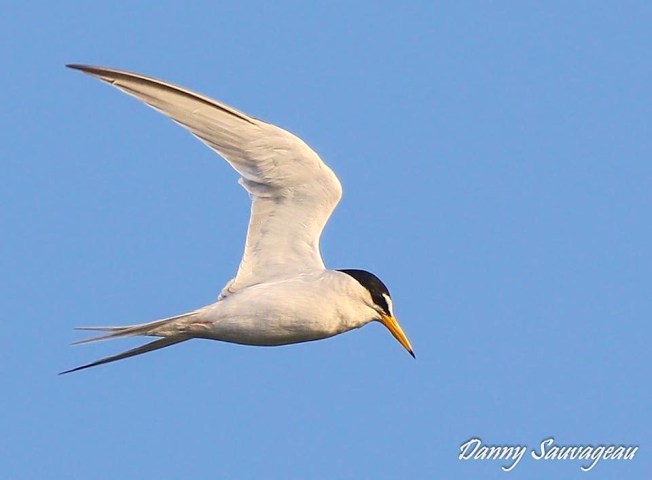




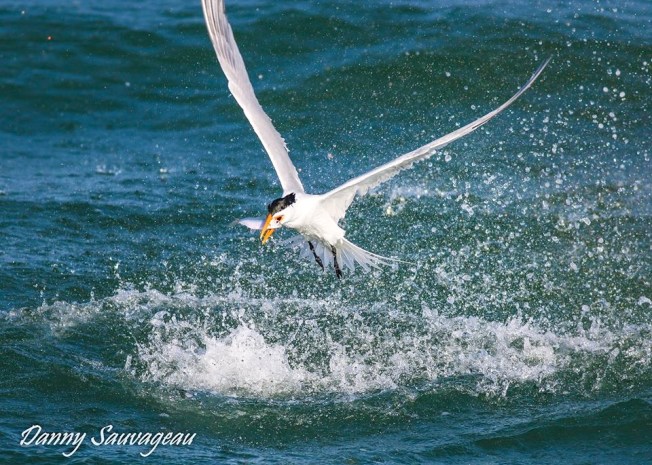

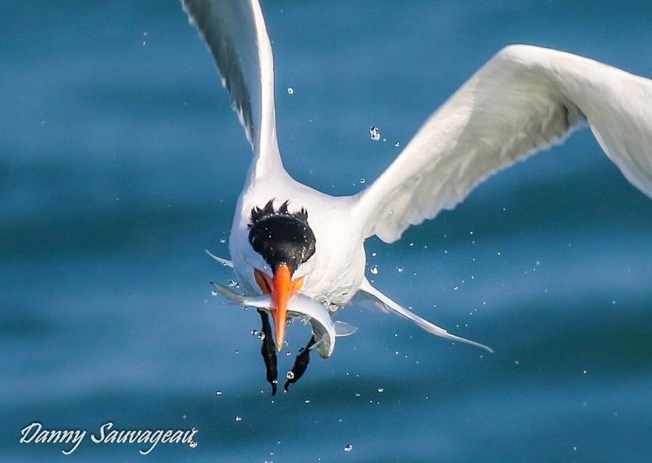






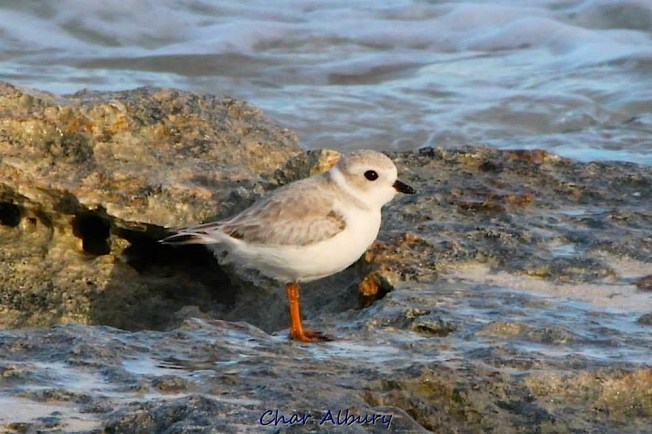




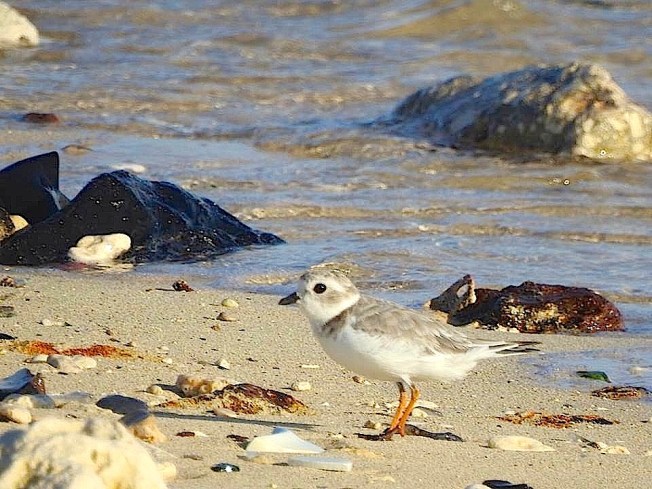

































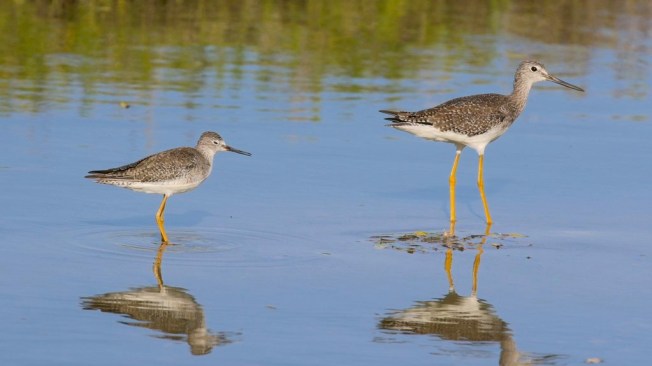







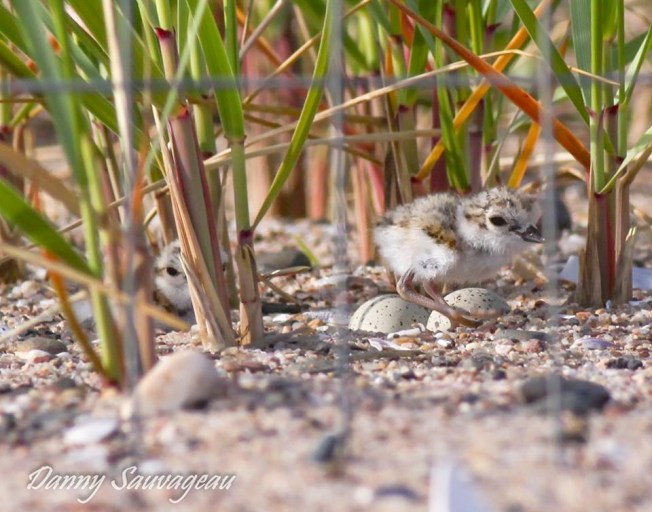



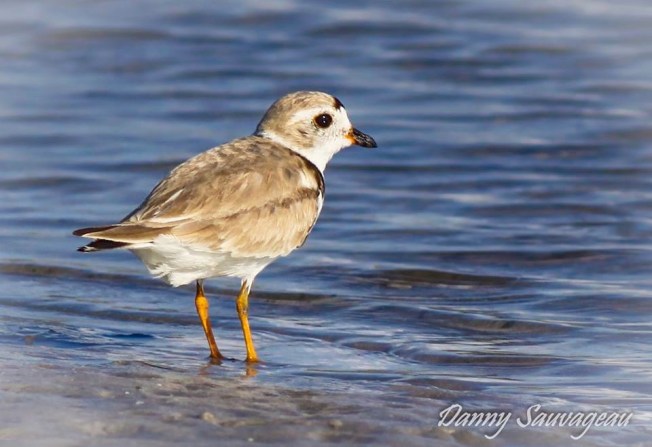
































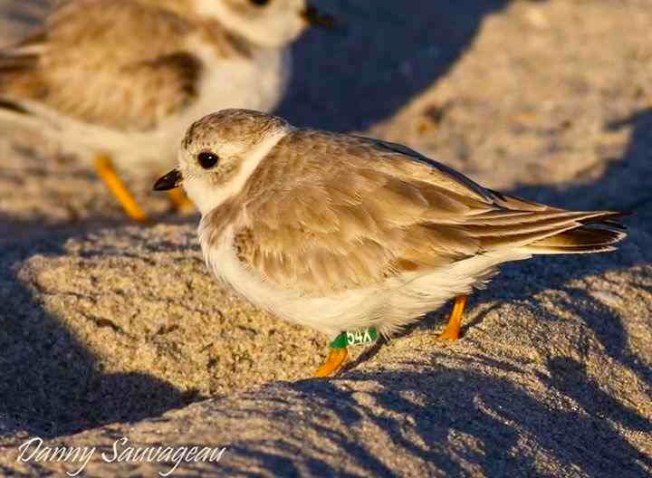













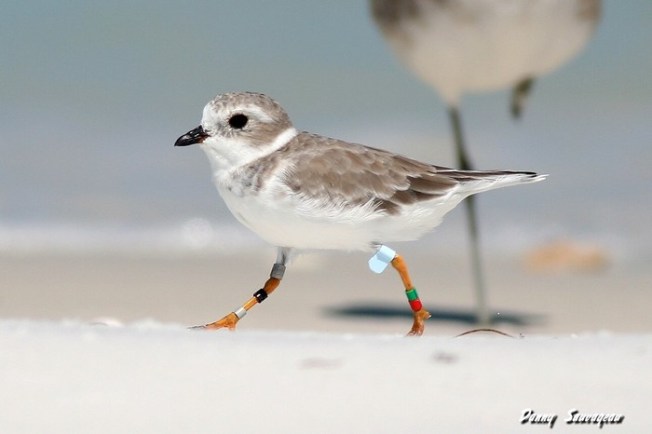



You must be logged in to post a comment.